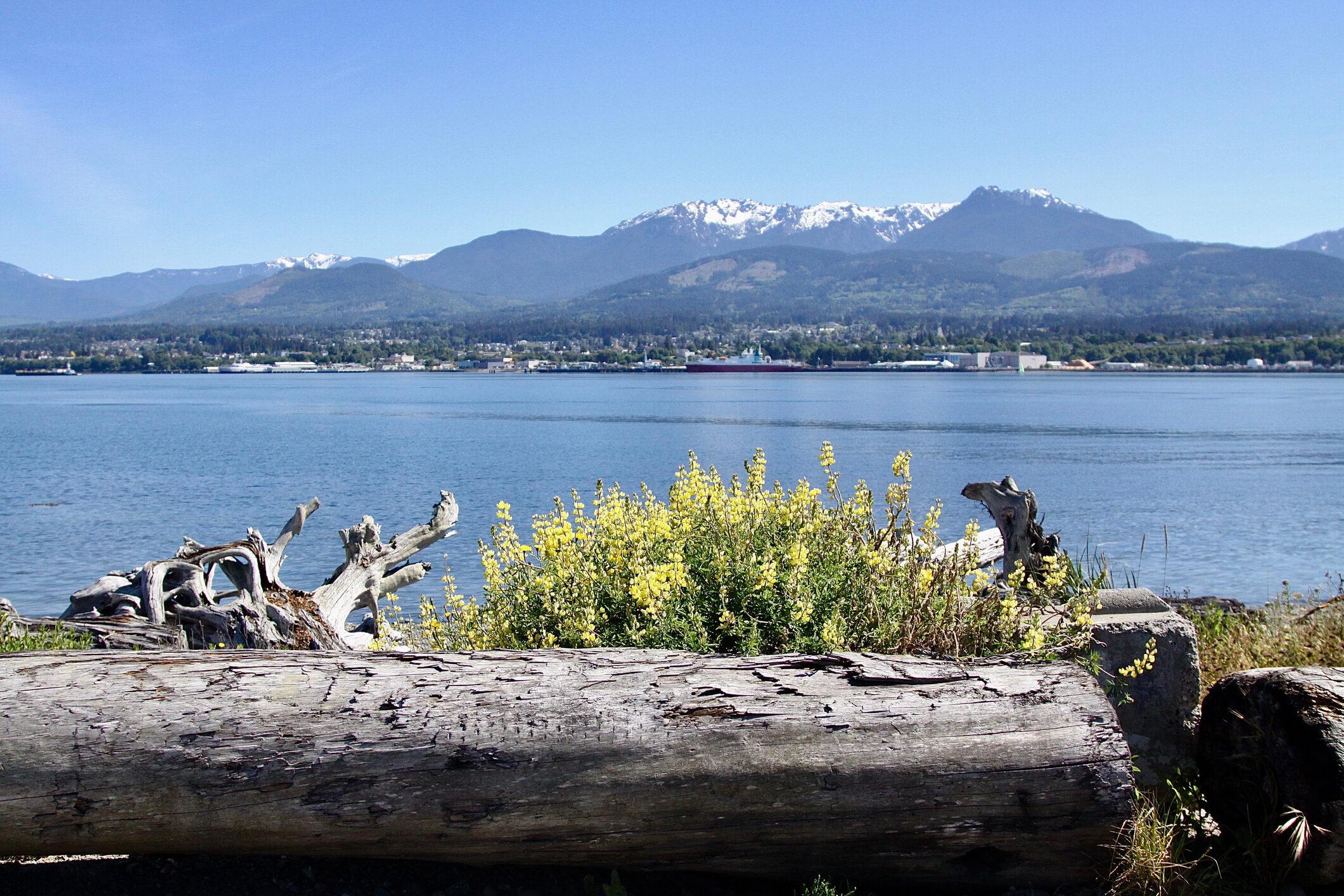Stanford researchers help lead international initiative to highlight aquatic foods’ untapped potential
A blue wave is coming. Global demand for blue foods – fish, shellfish and algae – will likely double by 2050, according to a comprehensive review of the sector’s untapped potential for creating a healthier, more sustainable, equitable and resilient global food system by more than 100 global experts.
The Blue Food Assessment is a set of scientific analyses that outline challenges and opportunities for fisheries and aquaculture.
In a series of scientific studies publishing this week, members of the Blue Food Assessment highlight the challenges of water-sourced foods, such as minimizing aquaculture’s environmental footprint, as well as the opportunities they present, such as feeding more people a greater range of nutrient-rich foods.
The Blue Food Assessment is a joint initiative led by Stanford University’s Center for Ocean Solutions and Center on Food Security and the Environment, along with the Stockholm Resilience Centre and EAT. It aims to support decision-makers, such as the delegates who will gather for the United Nations Food Systems Summit on Sept. 23, in evaluating trade-offs and implementing well-designed policies and investments.
“The global food system is failing billions of people,” said assessment co-chair Rosamond Naylor, the William Wrigley Professor of Earth System Science at Stanford. “Blue foods can play a critical role in improving nutrition, livelihoods and ecosystems.”Read more about the Blue Food Assessment’s key findings, implications for food systems and recommendations, and watch the assessment’s global launch event.
Click HERE to read the whole article.
